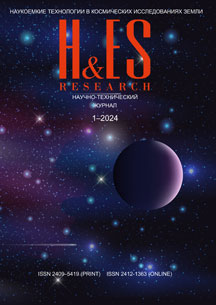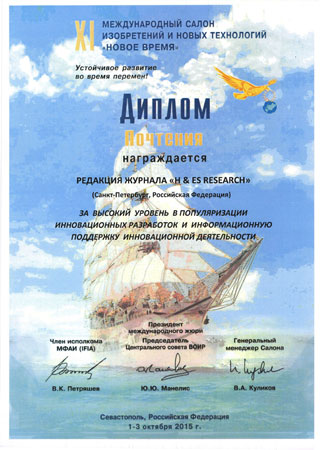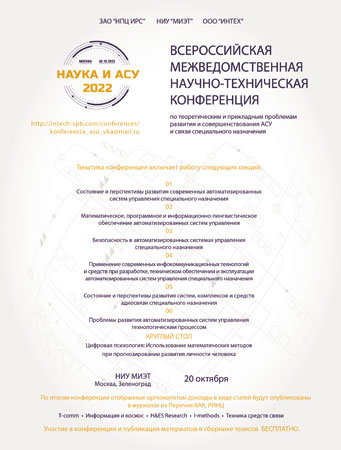Substantiated the urgency of the task of rapid and reliable diagnosis of violations of information security in automated systems for special purposes.
The basic concepts in the field of diagnosing security computer incidents are formulated. The problem of diagnosing security computer incidents is formulated as a problem of identifying the values of the characteristics of security violations based on the procedures for processing diagnostic signs.
The approaches to the extraction of diagnostic signs from the general array of events formed during the functioning of the automated system during the preparation and implementation of security violations, to their pre-processing and analysis directly to determine the values of the characteristics of security violations.
The subject of the research is regularities, models and technique of diagnosing security computer incidents in automated systems.
The main purpose of the study is to develop a technique for diagnosing security computer incidents, ensuring compliance with modern requirements for the efficiency and reliability of the analysis of security violations of information intended, including, and for the investigation of a computer incident.
A model for diagnosing security computer incidents with the use of artificial neural networks is presented and a technique for diagnosing computer security incidents is developed on its basis. The ability of trained artificial neural networks, in particular the perceptron, to solve the classification tasks is used. Determination of the value of the characteristics of the security breach is performed in a multilayer perceptron. Due to the fact that the set of diagnostic features is large enough on the scale of an automated system for special purposes, it is proposed to use a kind of artificial neural network – autoencoder to reduce the dimension of the feature space. Combining the above two architectures into one, we obtain a diagnostic artificial neural network.
The presence of hidden dependencies in the diagnostic features allows the use of artificial neural networks in the tasks of determining such implicit characteristics of a security breach as the goal, result, etc. The proposed method is applicable in solving the problems of rapid diagnosis of security computer incidents.



















